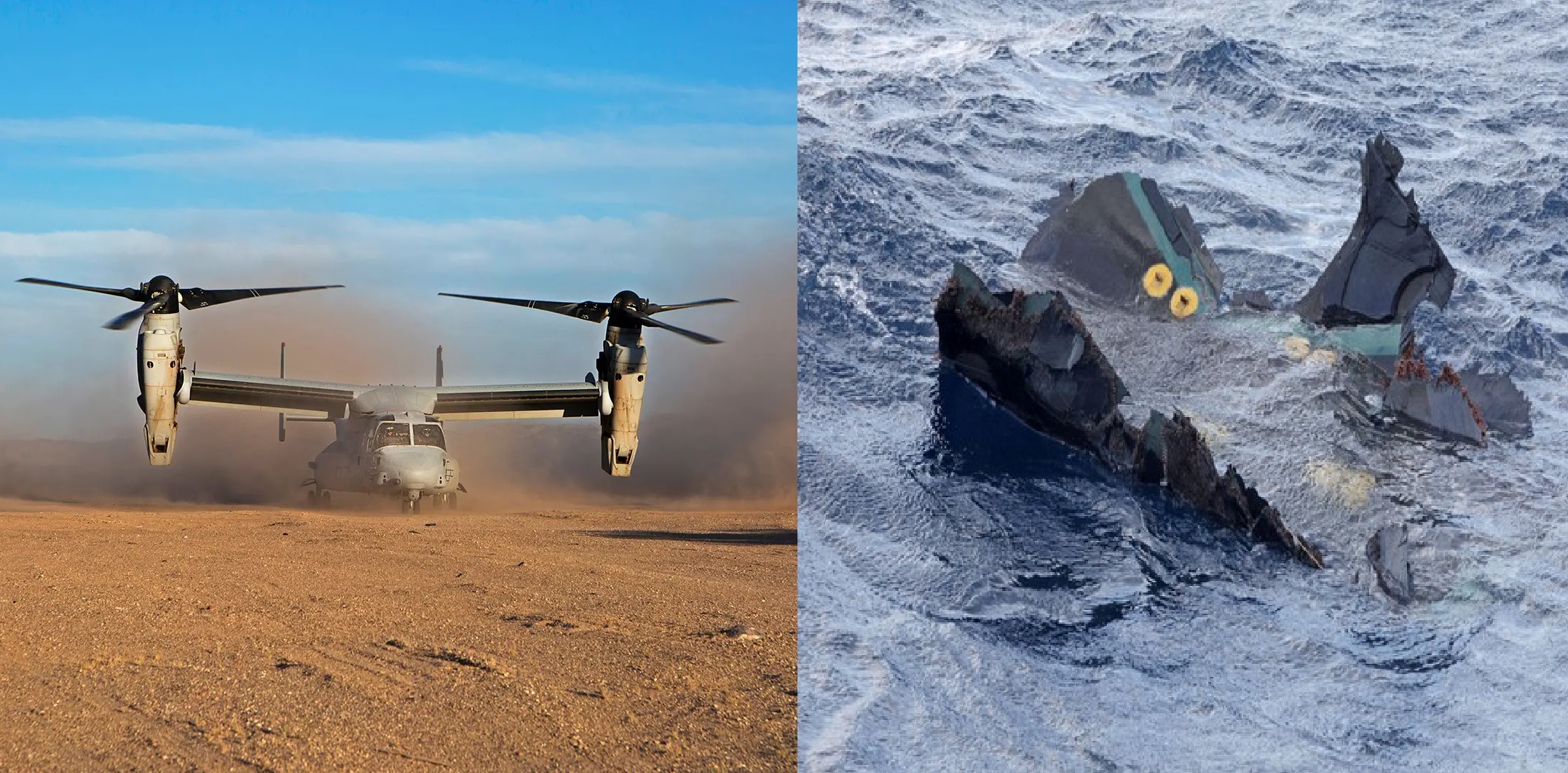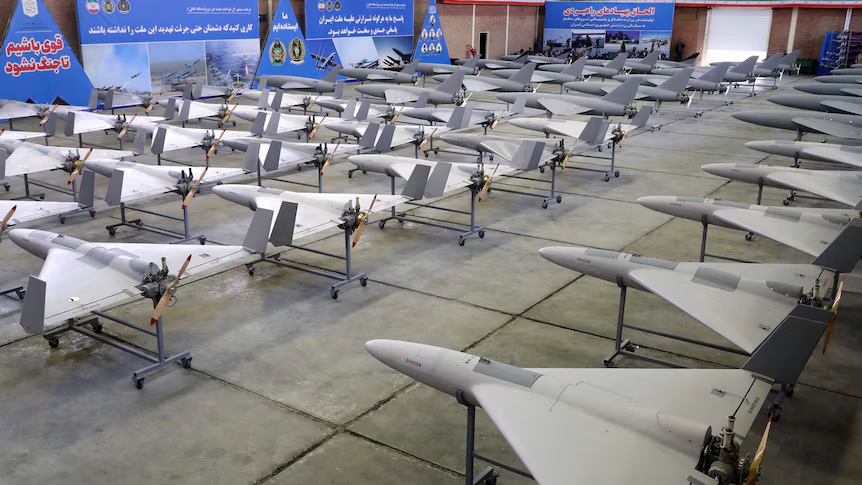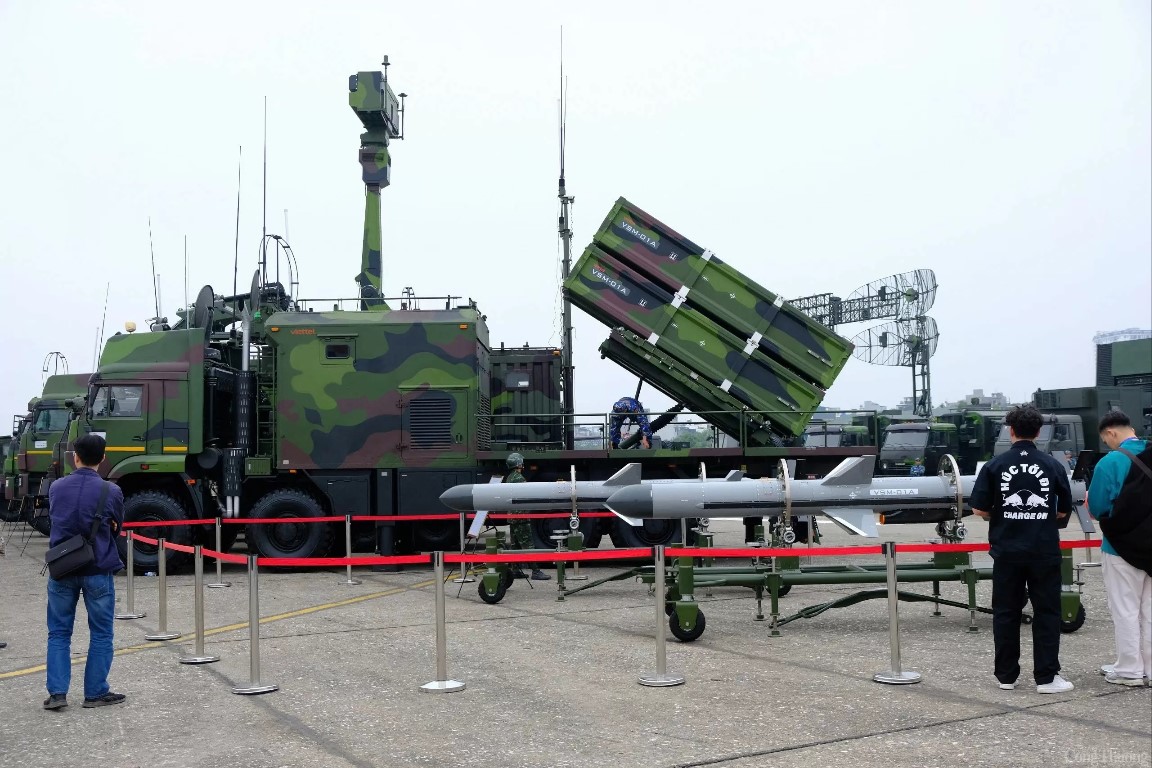U.S. Military On High Alert After Fatal Osprey Crash In Japan

On Wednesday, the US military took a significant step by grounding its entire fleet of V-22 Osprey tilt-rotor aircraft in the aftermath of a tragic crash that occurred last week off the coast of Japan. The decision to halt operations was announced by the Air Force Special Operations Command, citing the need to "mitigate risk while the investigation continues" into the November 29 incident, which claimed the lives of eight US airmen.
Subsequently, the Naval Air Systems Command also announced its decision to follow suit, marking a collective effort to address safety concerns surrounding the hybrid V-22 Osprey. This unique aircraft possesses the ability to take off and land vertically like a helicopter and transition its propellers forward to fly as an airplane. Unfortunately, this marks the third fatal accident involving the V-22 Osprey in just over a year.
The Air Force is actively investigating the circumstances surrounding the tragic crash off southwest Japan. Preliminary findings suggest a potential materiel failure, though the exact cause remains unknown. The decision to ground the Ospreys is driven by a commitment to conducting a thorough investigation, with the goal of determining causal factors and implementing recommendations to ensure the safe return of the Air Force CV-22 fleet to flight operations.
In response to the incident, Japan took precautionary measures by suspending flights of its own Ospreys and requesting the US military to do the same on Japanese territory. President Joe Biden expressed national mourning for the loss, highlighting the gravity of the situation.
The recent crash off Yakushima Island has brought renewed attention to the safety history of the tilt-rotor aircraft. A joint project between Boeing and Bell, the Osprey has faced several accidents, including one in northern Australia that claimed the lives of three US Marines in August. Last year, four Marines were killed in Norway during NATO training exercises, and in 2017, three Marines lost their lives when an Osprey crashed during a sea landing off Australia north coast.
The troubled safety record extends back to 2016 when an Osprey crash-landed off Okinawa, leading to a temporary grounding in Japan. The Osprey entered military service in 2007 after extensive development, and it is currently utilized by the Marine Corps, Air Force, and Navy, with over 400 aircraft in active service, according to Bell Flight website.
The series of incidents has understandably left some passengers apprehensive. In early November, an Osprey carrying members of the press corps accompanying President Biden had to change planes in Minneapolis due to a loud noise and the smell of smoke. The ongoing concerns surrounding the Osprey safety underscore the need for a comprehensive investigation and a robust approach to addressing any potential issues in order to ensure the continued safety of military operations involving this unique aircraft.


